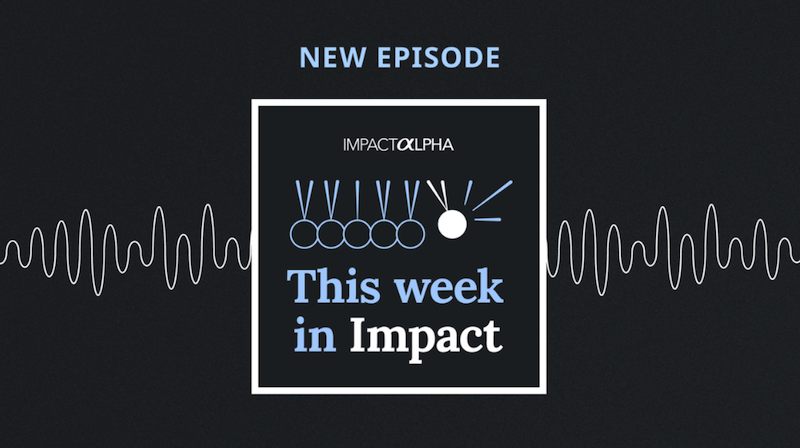Public officials and development bankers need to stop treating private investment as one-size-fits-all.
If they want to effectively use limited public monies to crowd in private capital from banks, insurance companies, pension funds and private equity firms to meet the Sustainable Development Goals, they’ll need to understand the differences between private investors.
A working paper prepared by Convergence, the Toronto-based development deal platform, found, for example, that banks and wealth managers prefer investments above $400 million. Insurance companies go for investments in the $100 million to $200 million range.
Sovereign wealth funds are moving more money into private equity and infrastructure. Financial services, energy and climate finance have drawn the most institutional capital; there are still too few opportunities in equities and listed bonds.
The report, commissioned by the Blended Finance Task Force, a project of the Business and Sustainable Development Commission (the folks that framed the Global Goals as a $12 trillion business opportunity), offers some ideas on how to boost private development capital to $4 trillion or even $5 trillion.
Today, institutional investors, who manage most of the world’s private finance, invest only about 1% of assets, or about $2 trillion, into blended finance in developing countries.
“Even where a social, environmental, or impact mandate may be of interest, there is a lack of willingness to sacrifice financial returns in favor of those impacts,” the report says. “Public and philanthropic funders should communicate in the language of institutional investors and focus on the credible, commercial investment opportunities that are presented by the Global Goals.”
A few suggestions: Create mainstream asset types like investment-grade bonds and notes. Collect and disseminate data on the returns for the commercial layers of capital in blended finance transactions. Collaborate on a few well-proven blended finance solutions to promote standardization and reduce complexity.











